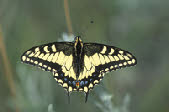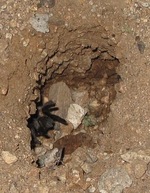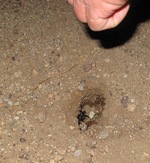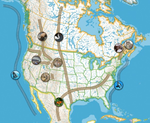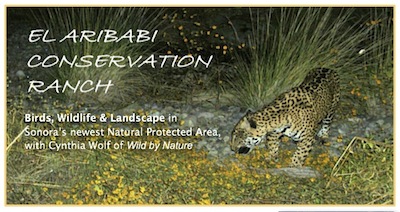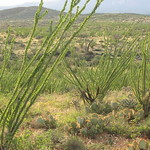 One of the most common misconceptions about the Sonoran Desert held by those who’ve never lived here is that there are no seasons. Isn’t it just hot and dry all year long? Maybe a little less hot in “winter?”
One of the most common misconceptions about the Sonoran Desert held by those who’ve never lived here is that there are no seasons. Isn’t it just hot and dry all year long? Maybe a little less hot in “winter?”
Of course, we don’t get the spectacular fall foliage that blankets states such as Vermont in swaths of yellow, red, and orange (unless you head to our nearby mountains . . . ). But nature compensates us for that: We get two springs.
The geography of the Sonoran Desert region, while it restricts the overall amount of rain that falls each year, breaks what does fall into two major periods—one in July and August, another in December and January. The summer rainy season is characterized by brief, powerful thunderstorms that originate in the tropical Pacific Ocean or the Gulf of Mexico; winter rains are usually more gentle and of longer duration (and, of course, colder), and sweep down from the northern Pacific. In good years each season will result in about four or five inches of rain—perhaps 10 inches annually. Not much by the standards of Vermont residents, who’d cry “Drought!” if they failed to get three times that amount—but desert plants and animals have evolved to exploit every drop.

